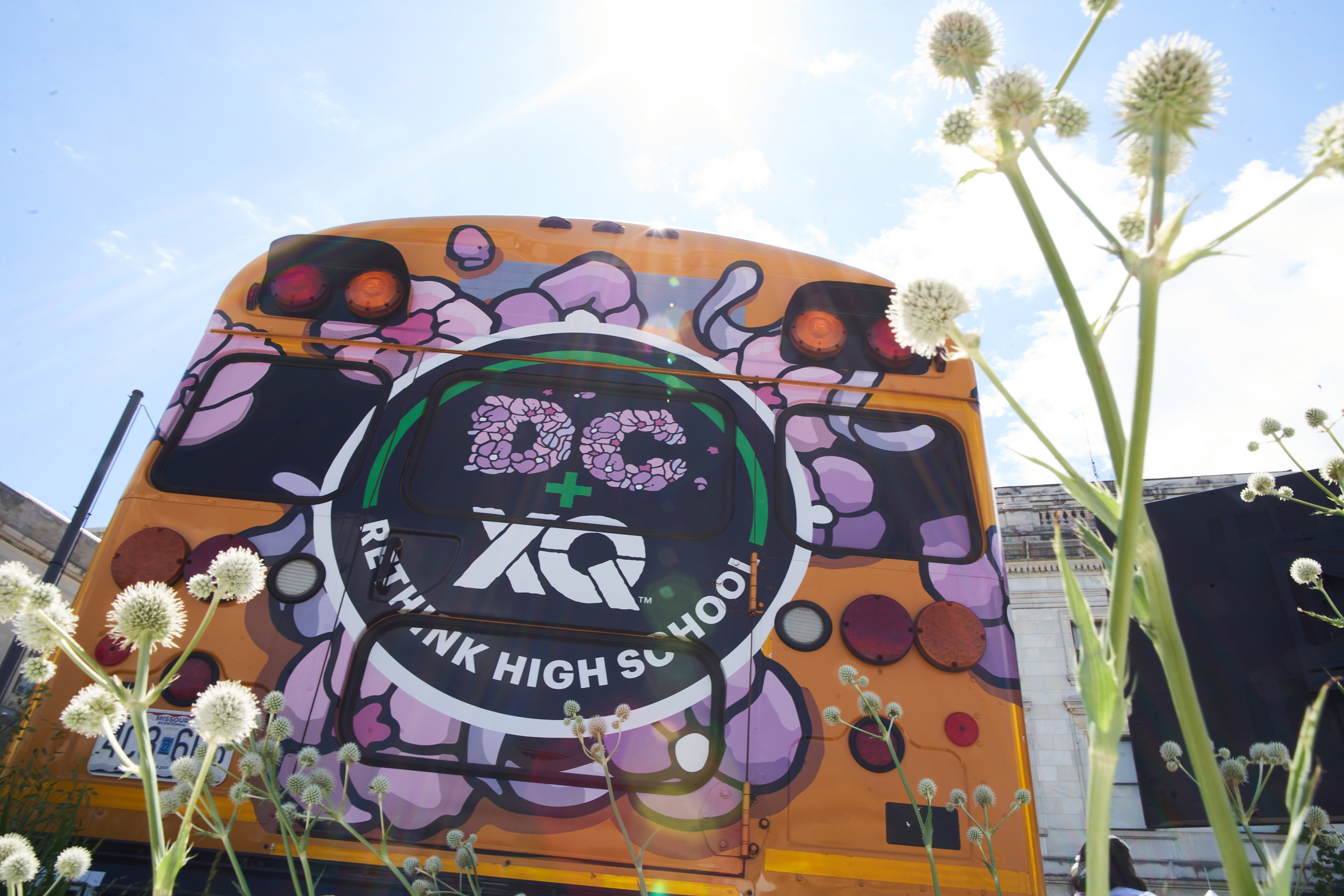How schools can clear the path to college
High schools can take steps to make the transition to college smoother so students have a higher chance of attending a school and choosing a field of study that works for them. Here's how.

The road to college can be complicated and filled with U-turns for some high school students, especially those who are already marginalized. But schools can take steps to make that transition smoother, so students have a higher chance of attending the right school, choosing the right field of study, and ultimately succeeding in college and beyond, according to a new report by Summit Public Schools.
“Our purpose was to better understand the experience of students – especially students from low-income families – as they navigate the K-12 college pipeline,” the study authors wrote. “Rather than asking how students can better hack their way to a college degree, we asked: How might we better clear the path for them?”
“Clearing the Path: How schools can improve college access and persistence for every student” is based on interviews with almost 200 students, teachers, parents, and alumni about the journey to college, vocational school, or work. The goal was to pinpoint the phases students go through, from abstract dreams to final decisions about their future, identify roadblocks along the way, and determine what schools can do to meet students’ needs.
Several of XQ’s Learner Goals and Knowledge Modules also address these issues, especially Youth Experience and Aspirations, Student Agency and Engagement, and Learners for Life. Empowering students to confidently make decisions about their education is a key component of XQ schools.
The study identified six phases that students experience, starting in sixth grade and culminating with students enrolling in college and thriving in their studies:
Imagining: “What type of person do I want to become?”
Thinking: “Which path makes the most sense for me?”
Planning: “What do I need to do to reach my goals?”
Deciding: “Which is my best available option? What are my criteria?”
Transitioning: “I am committing to do this on my own.”
Persisting: “I am managing my own life and keeping myself motivated.”
Students rely on four primary factors when considering their future, according to the report. Those are:
Family and support: Expectations, values, support, role models, involvement
Dreams and identity: Vision, impact, purpose, pride, power, race, class, mindsets
School and belonging: Success, community, connection, agency, preparedness
Cost and benefit: Finances, planning, guidance, interests, exploration
To support students as they go through these phases, schools can help students understand themselves and their goals, include families sooner in the decision-making process, and provide ample opportunities for students to explore careers, visit colleges, intern, and otherwise learn about their options beyond high school.
The authors offered several suggestions for schools to bolster their support systems for students:
Personal advisory boards: small groups of people who can help students make decisions about life in high school and beyond. Boards can include family members, teachers, peers, and role models from the community.
Oral defense: an annual meeting between students and their advisory boards, in which students identify their goal for the upcoming year and board members make recommendations and pledge their support.
Best-fit checklist: A list of questions for students to consider when deciding whether, or where, to attend college. Questions include “Does the student have obligations at home or otherwise that would interfere with persisting at the next step?” and “Does this school have a published average debt load less than $30,000 for a degree?”









